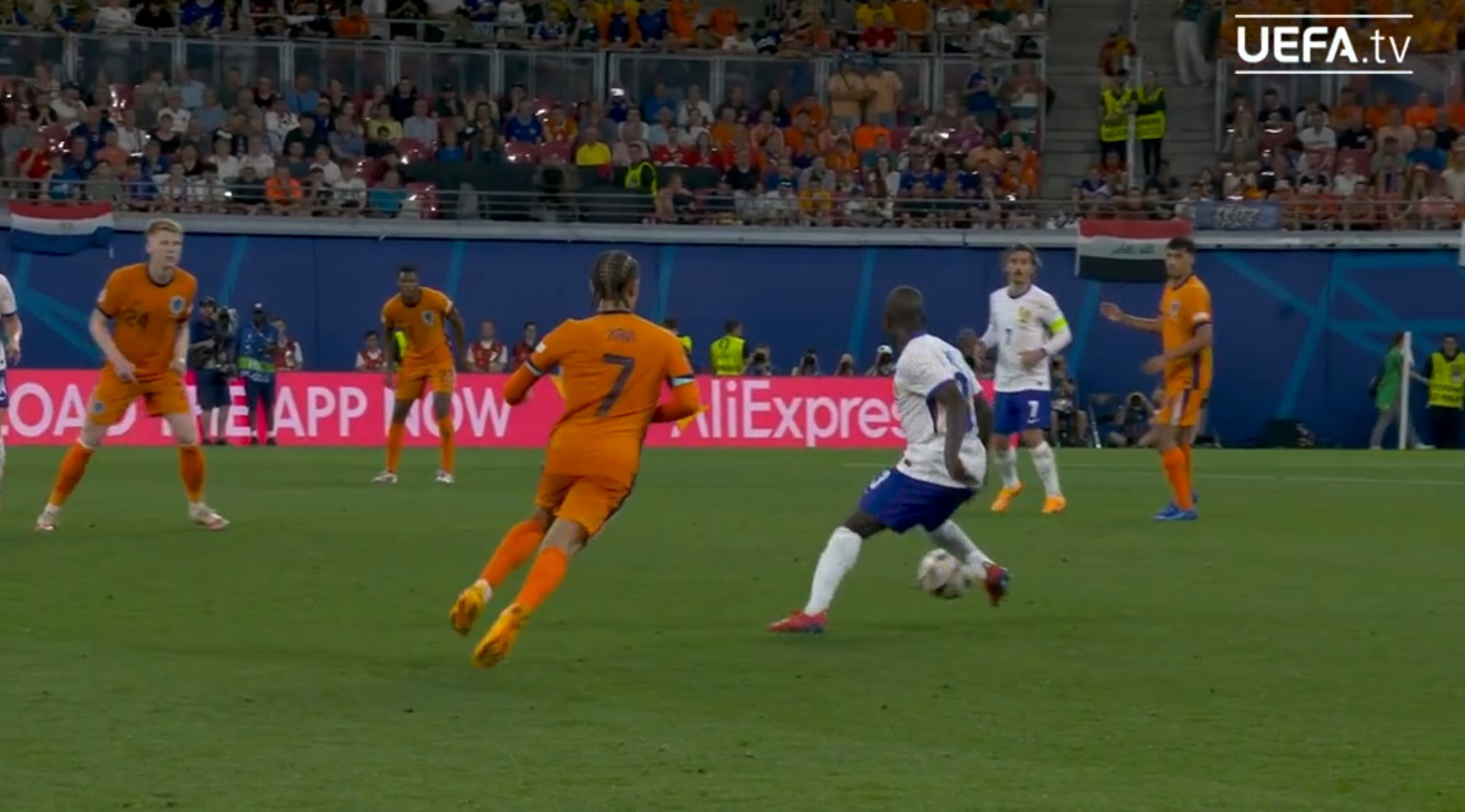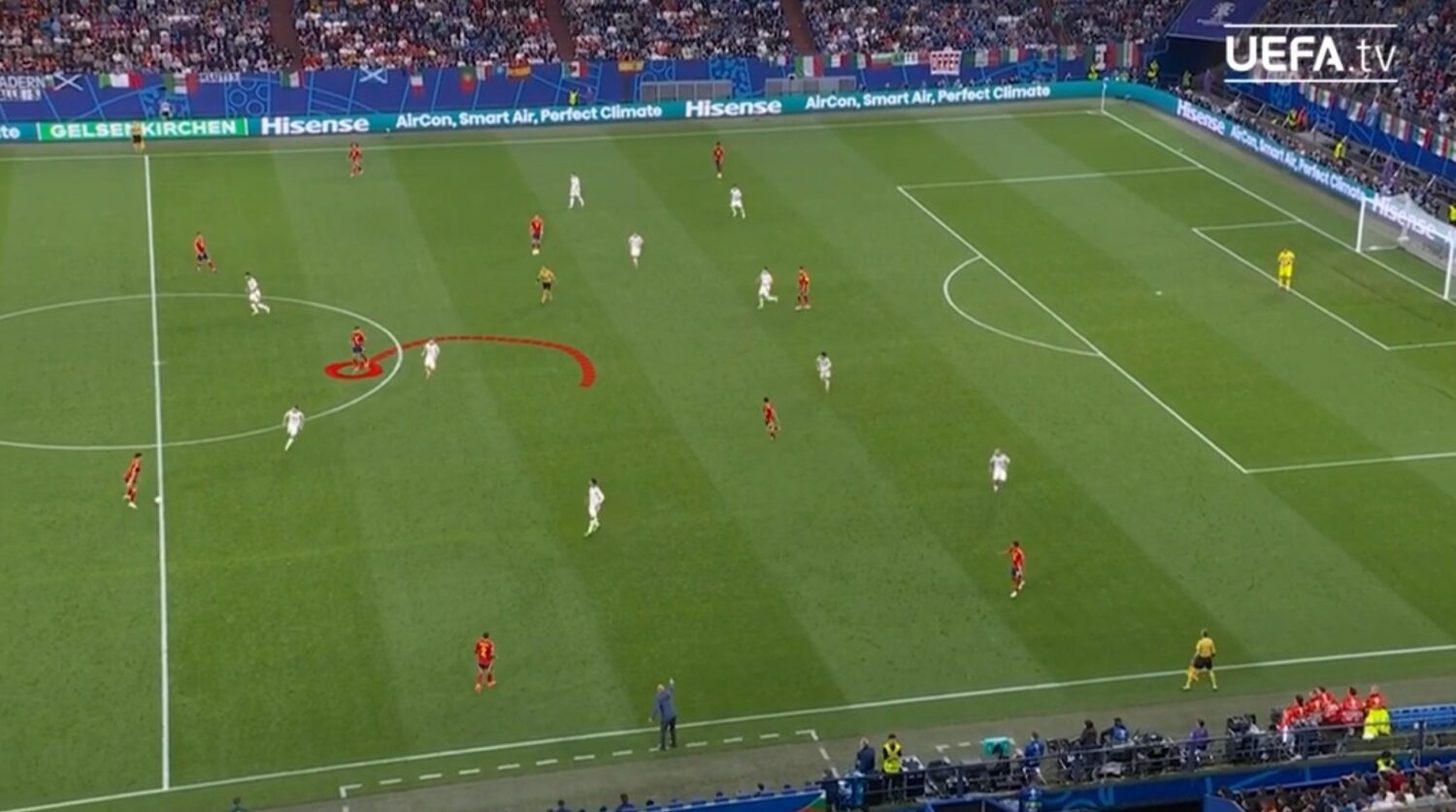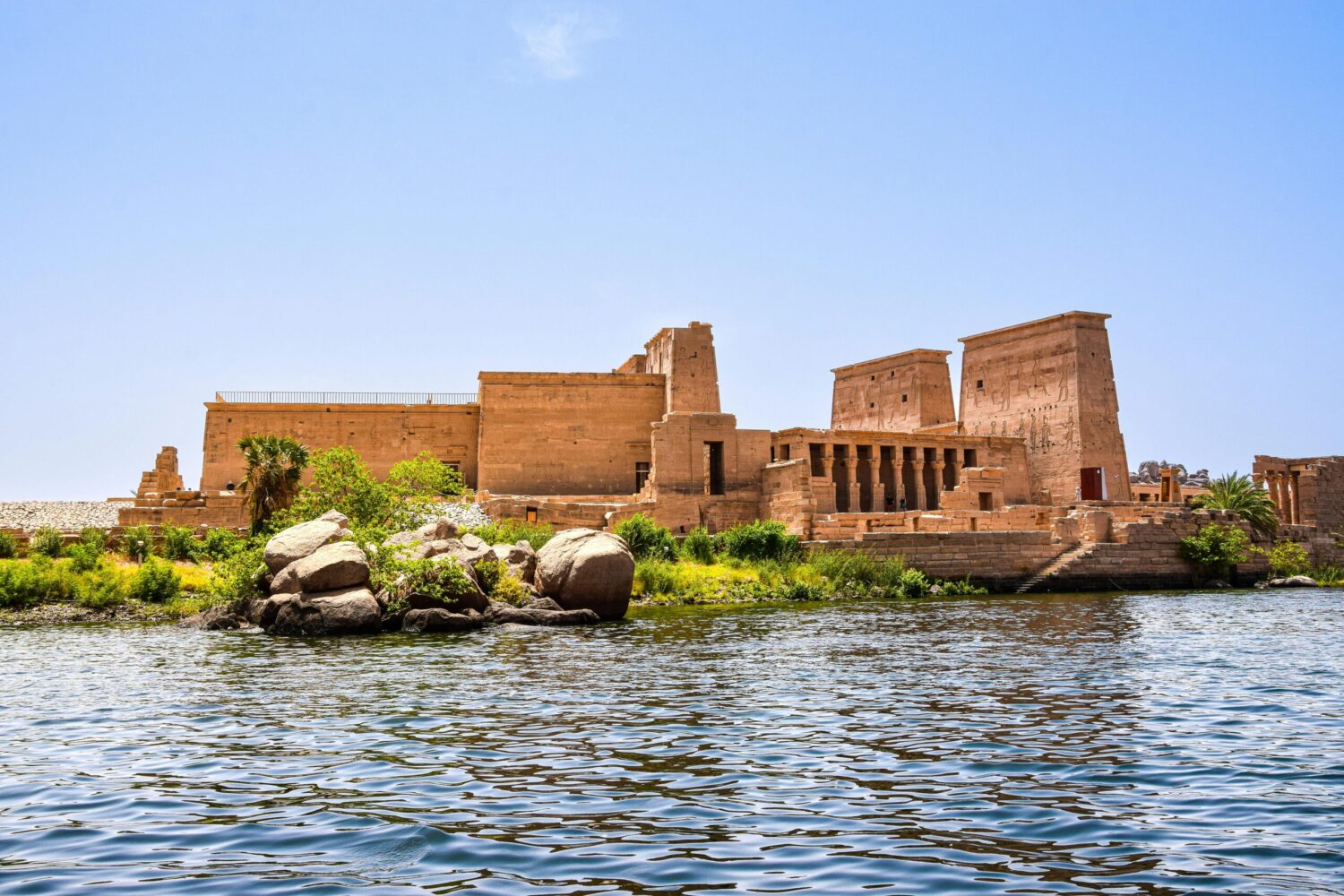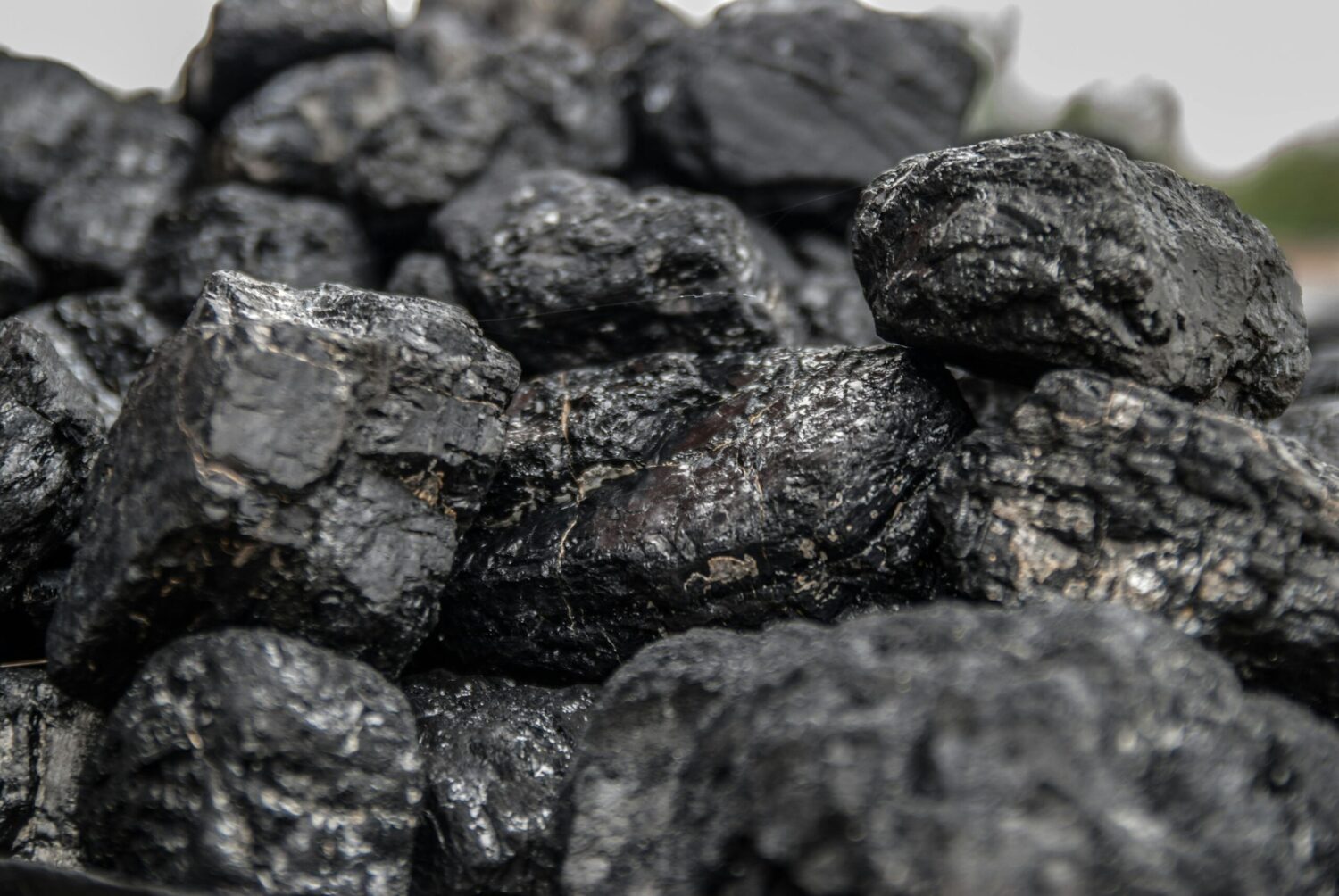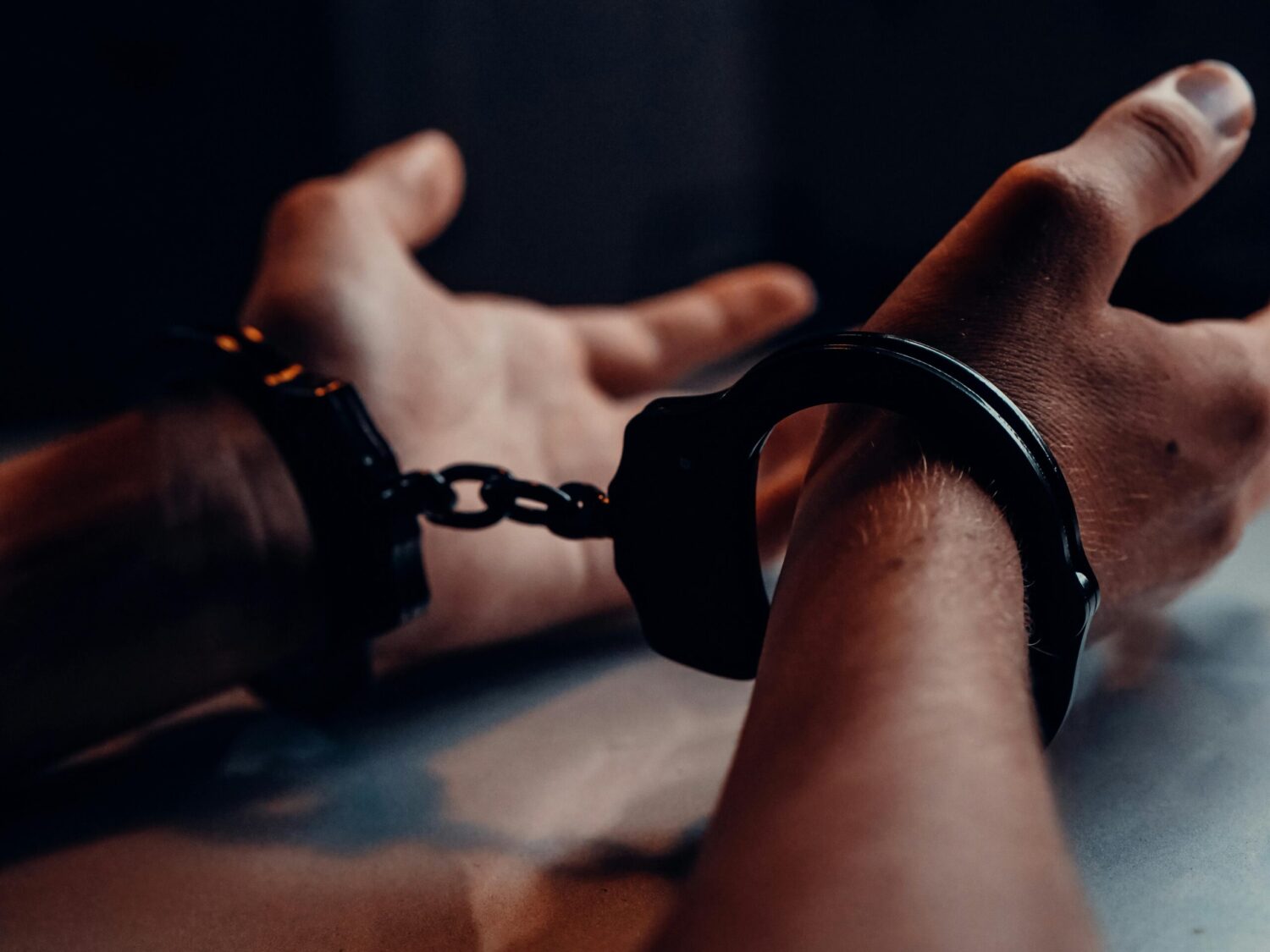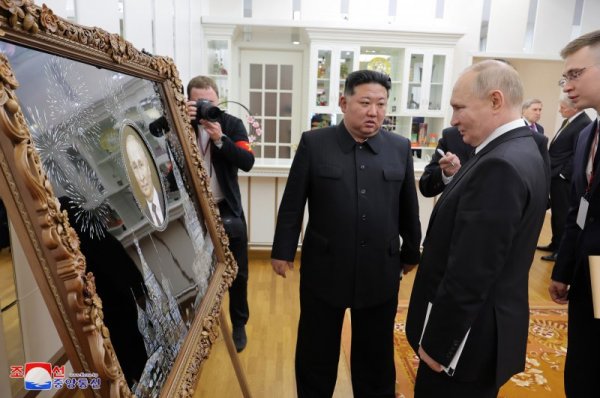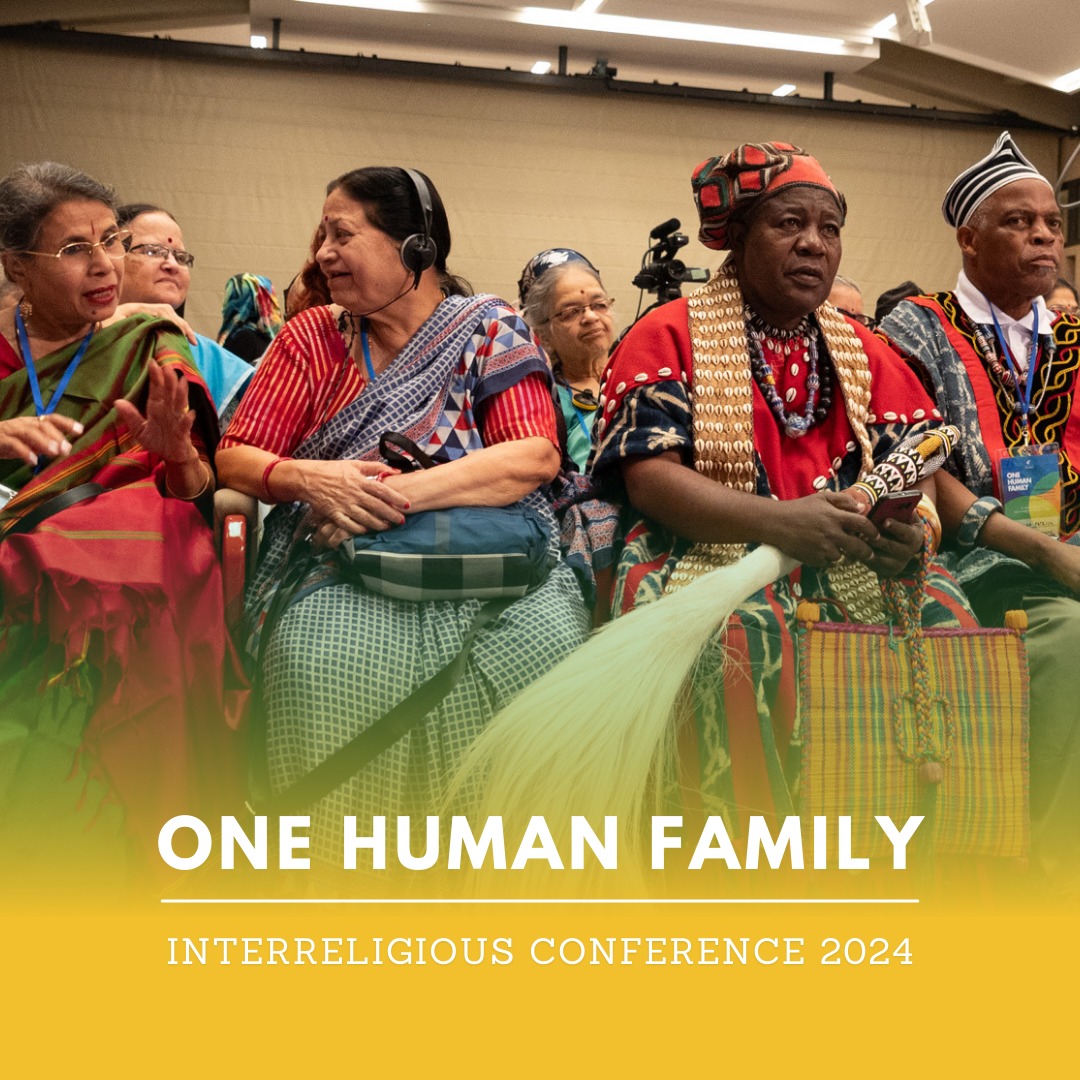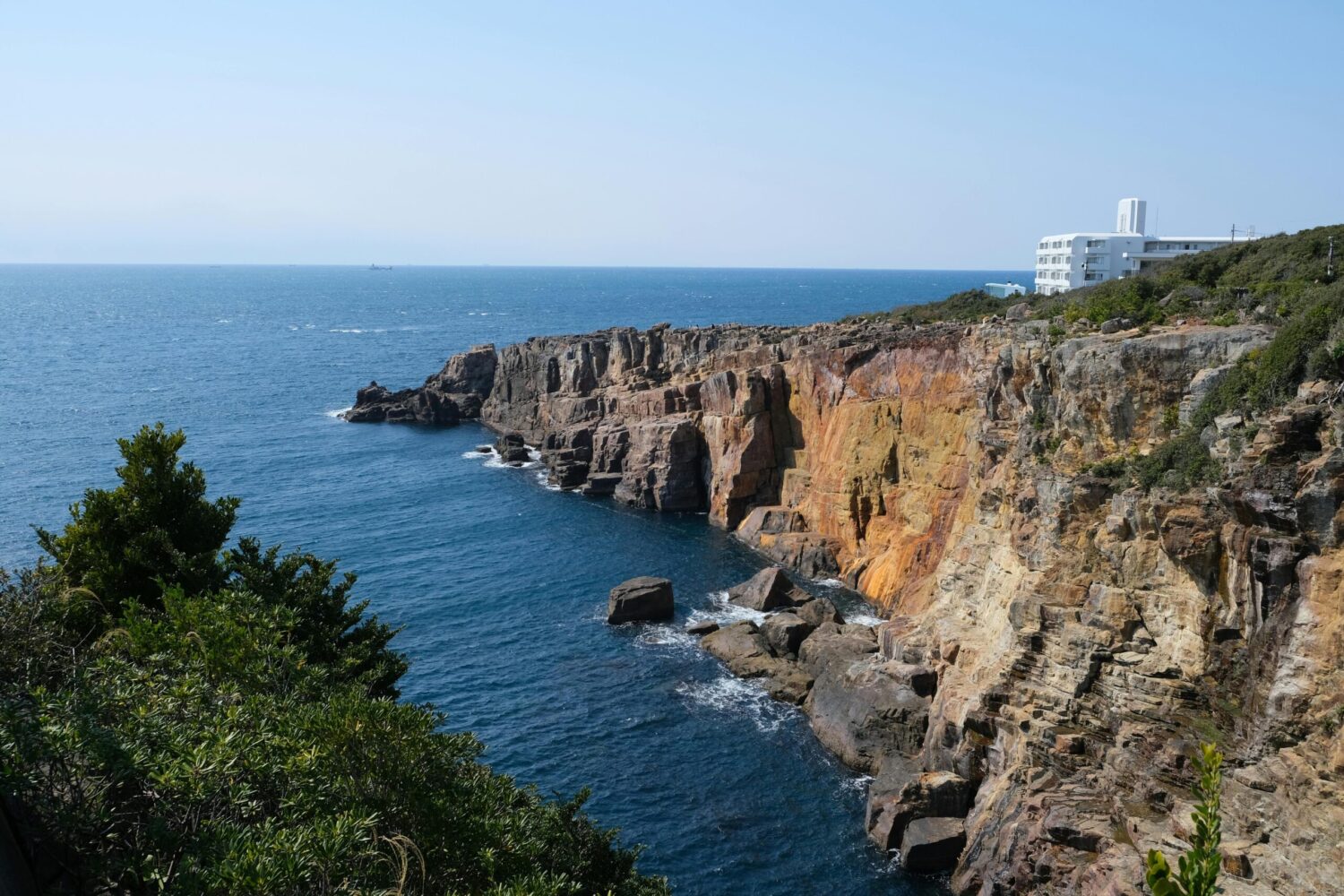UEFA – Netherlands and France cancelled each other out in Leipzig with both level on four points at the top of Group D.
There was nothing to choose between the Netherlands and France in a goalless UEFA EURO 2024 draw in Leipzig which keeps Group D wide open going into the final matchday.
Key moments
1′: Frimpong tests Maignan
14′: Griezmann mis-kicks, curls wide
28′: Thuram smashes over
60′: Thuram strikes past the post
Match in brief: Heavyweight defences come out on top
In the end both sides will probably feel relatively satisfied with a draw, with each now a point above third-placed Austria ahead of next week’s final games in the group.
It was a tussle in which the defenders were the stars of the show, with the Netherlands’ captain Virgil van Dijk particularly impressing to keep France’s potent attacking threats quiet.
The Oranje almost led within a minute, Jeremie Frimpong showing lightning-quick pace to burst clear and latch onto a through ball, only for the winger to have his effort tipped around the post by France goalkeeper Mike Maignan.Netherlands 0-0 France: as it happened, reaction
It looked for all the world as though Les Bleus skipper Antoine Griezmann would open the scoring in the 15th minute after Adrien Rabiot laid the ball on a plate for him close to goal, but the evergreen forward just couldn’t get it out of his feet, and Griezmann also curled wide moments later.
Marcus Thuram then broke the Dutch offside trap to race onto a wonderful pass from Jules Koundé, but could only blast over from a tight angle and the first half ended level.
There was little goalmouth action in the second period until space suddenly opened up in front of Thuram, but the 26-year-old dragged his shot wide.
France upped the intensity, and looked the more likely of the sides to strike, Rabiot’s late break down the left a particular concern. However, there was no way through the orange wall as the game finished 0-0, with Les Bleus coach Didier Deschamps opting to keep Kylian Mbappé on the bench.
Vivo Player of the Match: N’Golo Kanté (France)
Kanté was defensively good throughout the whole game, but was also influential in France’s attacking moments – as his statistics reflect. UEFA Technical Observer panel
Derek Brookman, Netherlands reporter
The Oranje are likely to be pretty satisfied with a point. The French were stronger after the break, yet never dominated to the point where the Dutch defence looked in serious danger of being breached. Van Dijk had one of his best games in an orange shirt, and full marks to goalkeeper Bart Verbruggen too for a very accomplished performance.
Alex Clementson, France reporter
A clash of two titans of European football. It might have ended goalless, but that doesn’t tell the full story. This was an engrossing encounter from the first minute. France created chances, with Griezmann coming close on two occasions, but unfortunately for the French, the final finishing touch evaded them. Four points from two, Poland up next, and an opportunity to top the group.
Reaction
Ronald Koeman, Netherlands coach: “The result is a bit disappointing, but if we think about the whole game in some parts we lost ball possession when we shouldn’t have, and that wasn’t great. It’s always complicated to come up against a team like France. We want to play our style of football and be audacious, but we can’t lose the ball like we did this evening. We need to be quicker in how we react and create more chances up front. We’re a team that still needs to grow.”
Bart Verbruggen, Netherlands goalkeeper: “It’s a bit of a funny one, I guess. Mixed feelings. Of course you’re disappointed that you don’t win the game, because you want to win every one, especially against a good opponent like France. But on the other hand, [we kept a] clean sheet, a point is a point, and you move on.”
Didier Deschamps, France coach:”I was happy with what my boys pulled out of the bag tonight, even though I was disappointed with our lack of efficiency in front of goal. There are a lot of positives to take away, and you have to consider the opponents, both of whom have been strong (Austria and Netherlands). But obviously, to win games you need to score goals. We’ll be looking at that and hoping to improve for the next game so we can meet our objective of making it through to the next round.”
Olivier Giroud, France forward: “I think we dominated the game in the sense that we created more chances. We’re a little bit frustrated, because we wanted the three points. But at the end of the day, a draw isn’t too bad. Our destiny is still in our own hands.”
Key stats
- This was the only the second time the Netherlands have failed to score in their last 19 EURO group stage matches. It was their first 0-0 draw since a stalemate with Scotland at EURO ’96.
- Prior to tonight, none of the last 50 EURO matches had ended goalless since England and Scotland played out a 0-0 draw at EURO 2020
- The game brought to an end Cody Gakpo’s run of scoring in four successive major tournament group matches (three at World Cup 2022 and one at EURO 2024).
- Excluding penalty shoot-outs, France have now lost only one of their last 13 EURO games (W7 D5).
- Les Bleus are unbeaten in their last eight EURO group stage matches (W4 D4).
- Olivier Giroud and Antoine Griezmann have both made 13 EURO appearances for France, moving level with Laurent Blanc and Didier Deschamps. Only Lilian Thuram (16), Hugo Lloris (15) and Zinédine Zidane (14) have more.
Line-ups
Netherlands: Verbruggen; Dumfries, De Vrij, Van Dijk, Aké; Schouten (Veerman 73), Simons (Wijnaldum 73), Reijnders; Frimpong (Geertruida 73), Depay (Weghorst 79), Gakpo
France: Maignan; Koundé, Saliba, Upamecano, Hernández; Dembélé (Coman 75), Kanté, Tchouaméni, Rabiot; Griezmann, Thuram (Giroud 75)



